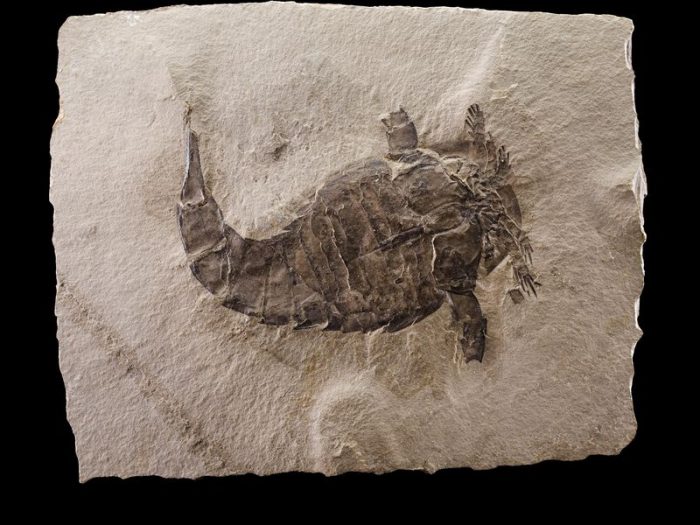What makes for a great museum exhibition?
A well-curated show makes the unknown feel familiar—and reveals the unexpected.

Famous artifacts might bring audiences into our museums, but curation helps them understand what they have come to see. Curation lets our collections sing. Every Smithsonian object has a rich back story to contextualize and interpret. With a portfolio that spans research and scholarship, development and design, curators make our collections accessible to broad audiences, bringing unknown narratives to light or inviting reconsideration of already-beloved artifacts.
From “Americans” at the National Museum of the American Indian to “Deep Time” at the National Museum of Natural History, Smithsonian exhibitions help audiences understand how we got to where we are, and how our choices today affect the future of our country and planet. This month, I think back to a project that illustrated the power of what a great exhibition can achieve: the redesign of the first ladies exhibition at the National Museum of American History in the mid-’90s, which I oversaw as the museum’s associate director of curatorial affairs.
Too often in the past, the Smithsonian had documented and celebrated women by what they wore, rather than by what they accomplished. The redesign aimed to reconsider the exhibition’s most popular objects—the first ladies’ dresses—to tell a more thoughtful and comprehensive story. How Eleanor Roosevelt championed social justice and fairness, how Jackie Kennedy transformed public opinion of the White House.
The project’s two lead curators understood that a good exhibition is a mosaic of words, ideas, visual images and artifacts. All these pieces supplement and counterbalance one another to build an interpretation that informs audiences and locates what they see in broader historical trends. Bringing together the best of traditional and new scholarship, these curators transformed an exhibition about formal attire into one that uses clothing to explore ideas of gender, power and public symbolism.
Across all the disciplines that the Smithsonian explores—art, history, science and more—curation can make the unknown feel familiar, and the familiar feel new. A well-curated exhibition builds informal communities of learning, where strangers come together to explore the same shared history and shared heritage. I am always impressed by the ability of Smithsonian curators to offer fresh possibilities of interpretation, to use well-known objects to reveal something unexpected. This work grows the connective tissue between what visitors encounter in the museum and what they experience in their daily lives, challenging expectations and encouraging a deeper understanding of the American story.
Copyright 2021 Smithsonian Institution. Reprinted with permission from Smithsonian Enterprises. All rights reserved. Reproduction in any medium is strictly prohibited without permission from Smithsonian Institution.
Posted: 23 March 2021







